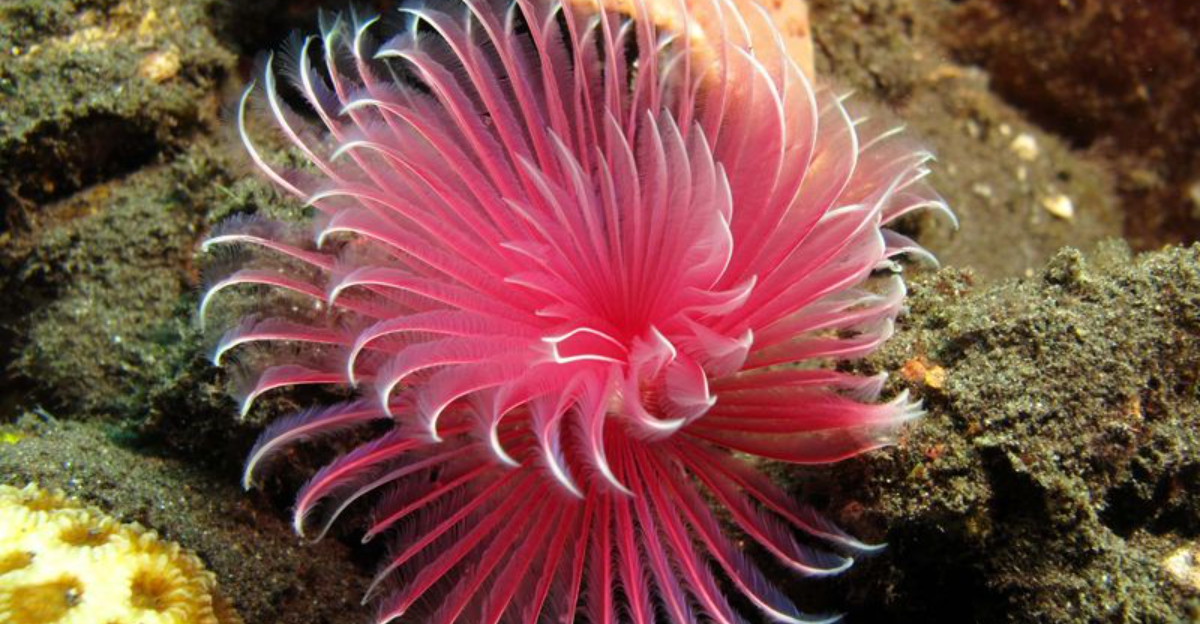In the depths of Earth’s harshest environments, life finds a way to not just survive, but thrive. From scalding hydrothermal vents to acidic lakes, some creatures have developed astonishing adaptations that allow them to flourish where others would perish.
Let’s talk about some remarkable organisms that call these extreme environments home, showcasing the incredible resilience and adaptability of life.
1. Tardigrades
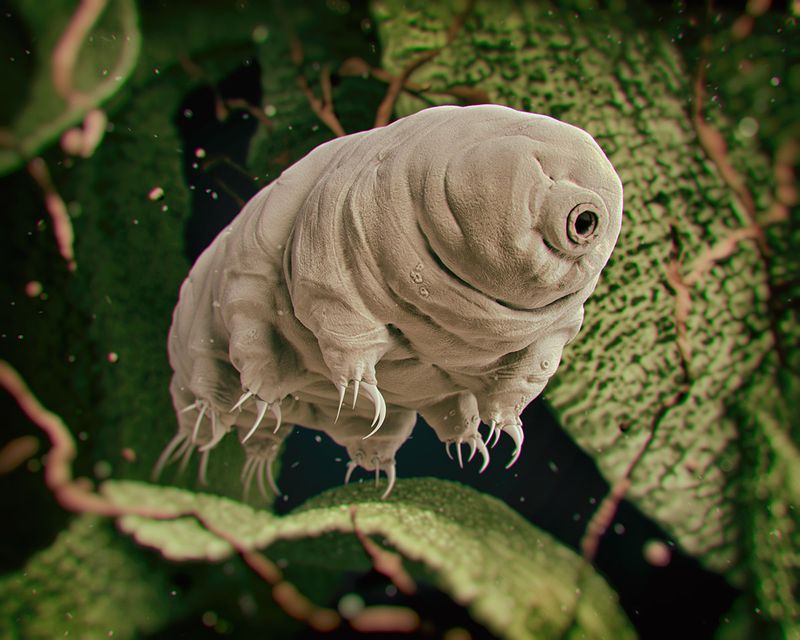
Incredibly resilient, tardigrades are known for their ability to withstand extreme conditions. They thrive in environments that would be lethal to most life forms, such as the intense pressure and heat of deep-sea hydrothermal vents.
These microscopic organisms, sometimes called water bears, are equipped with eight legs and a plump, segmented body.
Their survival strategy includes entering a cryptobiotic state, where they lose almost all body water and stop metabolism, allowing them to endure extreme temperatures and radiation levels. This ability grants them the title of one of the toughest creatures on Earth.
Researchers continue to study tardigrades to understand how they manage these feats. Their unique biological mechanisms inspire scientific advancements, offering potential applications in fields like medicine and astrobiology.
Despite their small size, tardigrades offer big insights into life’s ability to adapt and survive in the harshest conditions imaginable.
2. Pompeii Worms
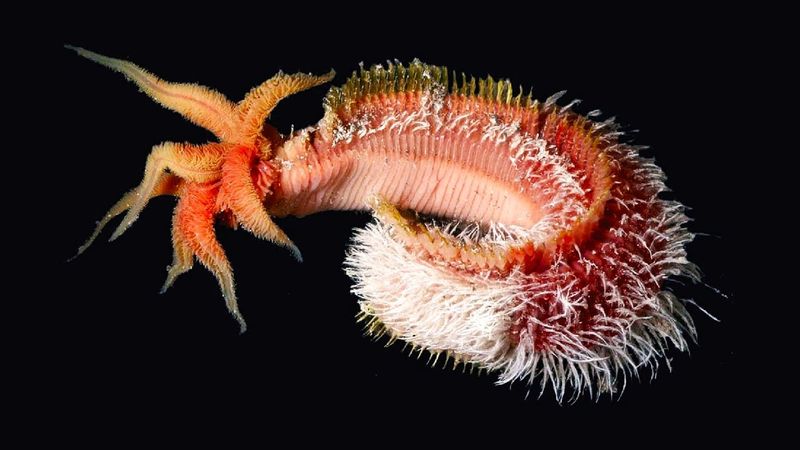
Nestled in the scalding depths of hydrothermal vents, Pompeii worms are masters of extreme living. These remarkable annelids endure temperatures exceeding 80°C (176°F), making them some of the most heat-tolerant animals known.
Their survival is aided by a symbiotic relationship with bacteria that live on their backs, forming a protective layer.
This bacterial coating not only acts as insulation against the heat but also provides nutrients for the worms. The discovery of Pompeii worms has expanded our understanding of life’s potential in extreme environments.
Scientists are particularly interested in how these worms manage such thermal extremes, which could have implications for biotechnology.
By studying them, we gain valuable insights into the adaptability and resilience of life in conditions once deemed uninhabitable, challenging our assumptions of where life can flourish.
3. Tubeworms
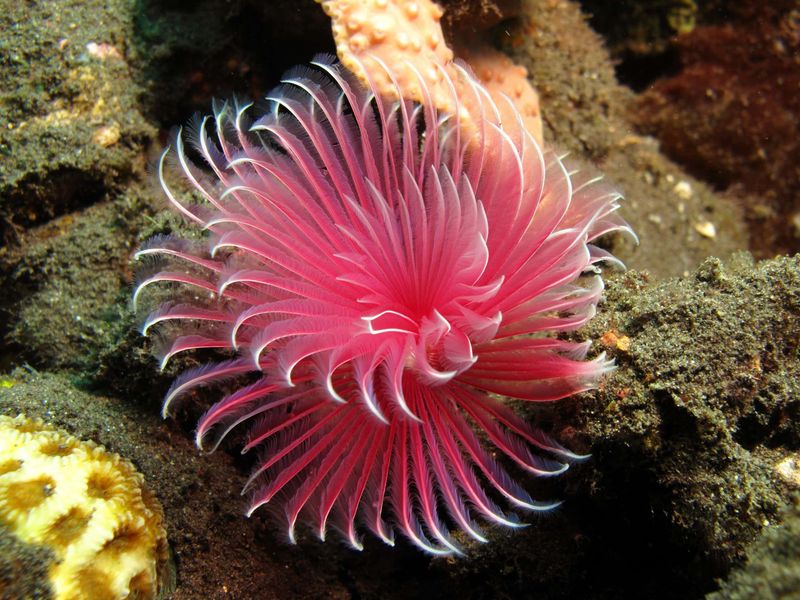
Giant tubeworms flourish in the toxic cocktail of chemicals spewing from hydrothermal vents on the ocean floor.
These fascinating creatures rely on a unique symbiotic relationship with bacteria, which convert vent chemicals into organic molecules that nourish the worms. Lacking mouths and digestive systems, tubeworms absorb nutrients directly from their environment.
Their bright red plumes, rich in hemoglobin, facilitate oxygen exchange, essential for their survival. The existence of tubeworms reshapes our understanding of life’s diversity and resilience.
Scientists study these organisms to learn about chemosynthesis, a process that could provide clues to life’s origins and existence elsewhere in the universe. By thriving in conditions that mimic early Earth, tubeworms offer a glimpse into the past and the possibilities for life beyond our planet.
4. Halobacteria
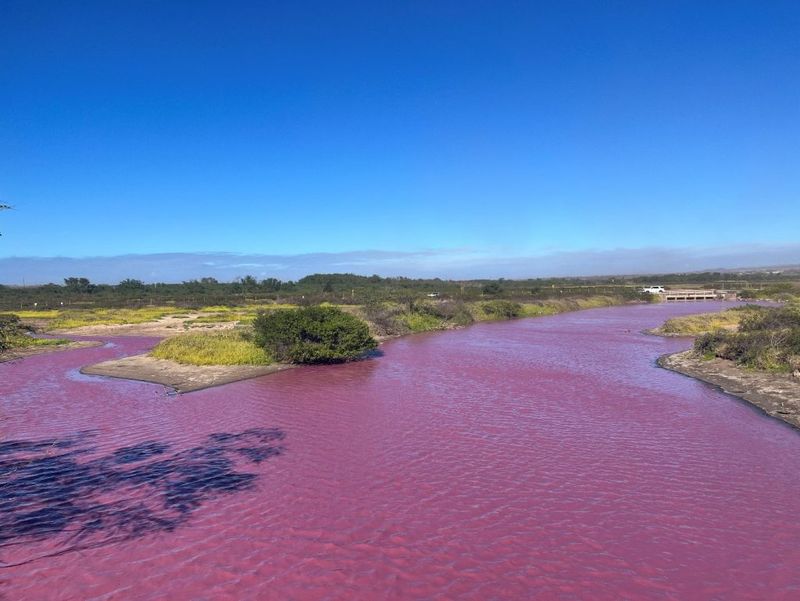
In the salt-saturated waters of hyper-saline environments, halobacteria reign supreme. These single-celled organisms are not true bacteria but a type of archaea, distinguished by their ability to thrive where high salt concentrations would desiccate other life forms.
Halobacteria employ a unique light-driven energy production method, utilizing bacteriorhodopsin, a protein that captures sunlight. This enables them to generate energy even in the absence of nutrients typically required by other organisms.
Their remarkable adaptation strategies have piqued scientific interest, with research exploring their potential in bioremediation and bioenergy.
By understanding halobacteria, we gain insights into evolutionary processes and the potential for life in extreme environments such as Mars. Their vibrant existence in seemingly inhospitable conditions challenges our perceptions of life’s limits.
5. Acidophiles
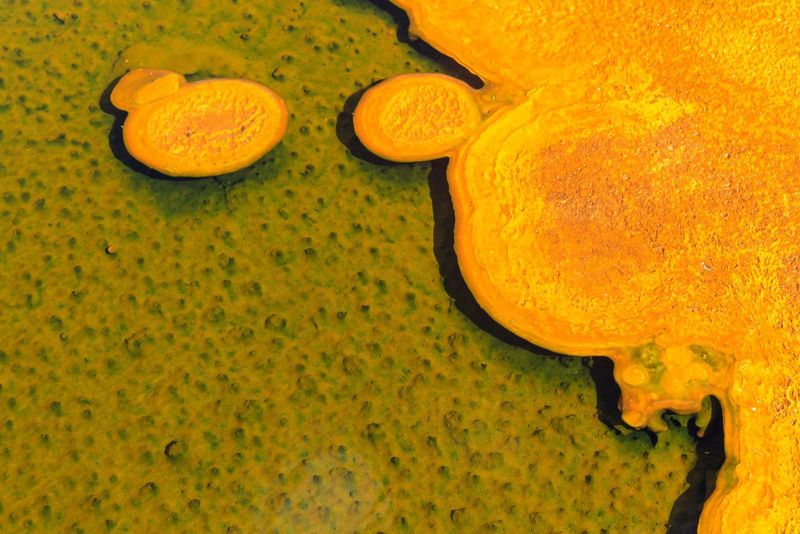
In the caustic world of acidic hot springs and sulfuric environments, acidophiles make their home. These microorganisms have developed specialized adaptations to survive and even thrive in pH levels that would dissolve ordinary cells.
Utilizing unique enzymes and membrane structures, acidophiles maintain stability and function despite the harsh acidity. This adaptability allows them to process and utilize materials that other organisms cannot tolerate.
Their presence in extreme acidic environments has implications for biotechnology, particularly in the fields of bioleaching and waste processing.
By understanding acidophiles, scientists explore new methods for extracting valuable metals from ores and managing industrial waste. These microorganisms exemplify nature’s ingenuity, proving that life can adapt to even the most corrosive surroundings.
6. Devil’s Hole Pupfish
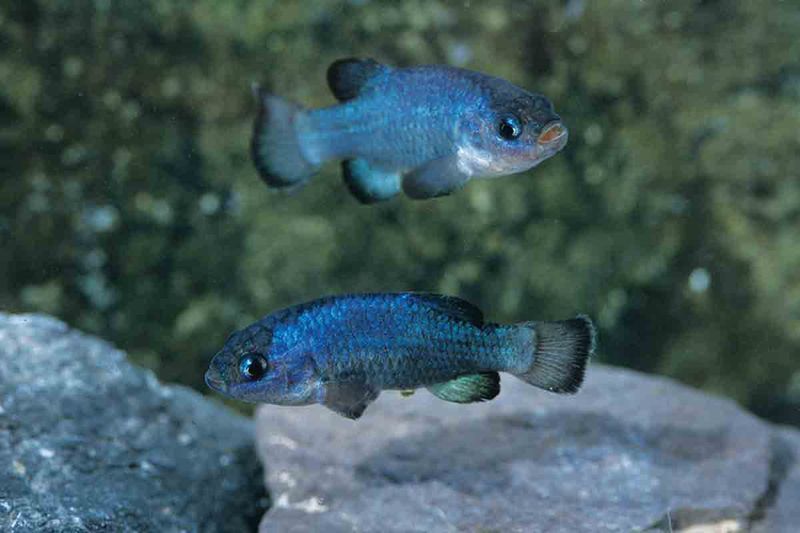
In the isolated waters of Devil’s Hole, located in the Death Valley desert, the Devil’s Hole pupfish persists against the odds.
Known for its vibrant blue hue, this tiny fish inhabits a single confined spring with extreme environmental conditions.
The water temperature remains consistently high, and the oxygen levels are critically low, yet the pupfish have adapted to thrive.
Their ability to survive in such a restricted and harsh habitat has intrigued scientists, prompting studies on their unique physiological adaptations. The Devil’s Hole pupfish serves as a testament to the resilience of life in isolated ecosystems.
Conservation efforts are underway to protect this rare species, highlighting the importance of preserving unique habitats. Their story underscores the delicate balance within ecosystems and the impact of environmental changes on specialized species.
7. Brine Shrimp
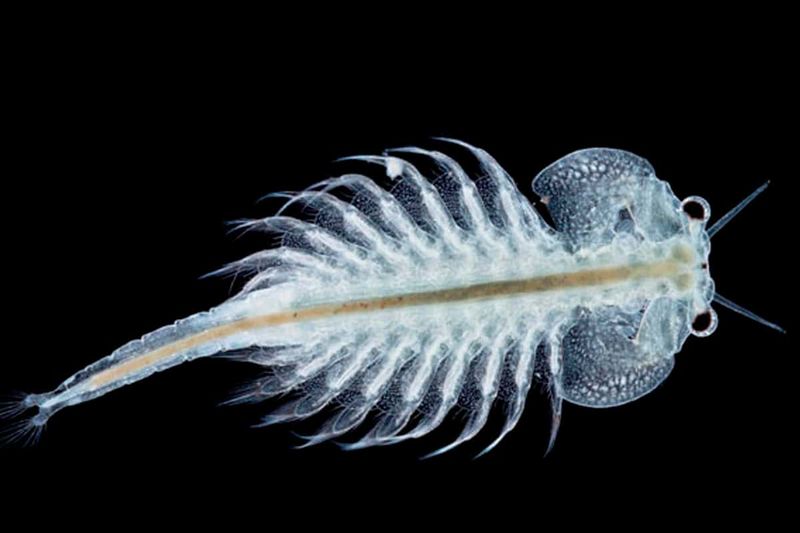
Inhabiting the briny waters of hypersaline lakes, brine shrimp are a marvel of adaptation. These small crustaceans, often associated with salt flats and brine pools, have developed mechanisms to survive in environments with salinity levels that would be fatal to most forms of life.
Their ability to produce dormant cysts allows brine shrimp to endure extreme dryness and high salt concentrations, reactivating when conditions become favorable. This resilience ensures their survival through fluctuating environmental conditions.
Brine shrimp have become an important model for studying environmental stress and resilience. Their adaptability offers insights into biological processes and has practical applications in fields such as aquaculture and biotechnology.
As we learn more about these creatures, their story continues to inspire a deeper appreciation for life’s tenacity in the face of adversity.
8. Osedax Worms
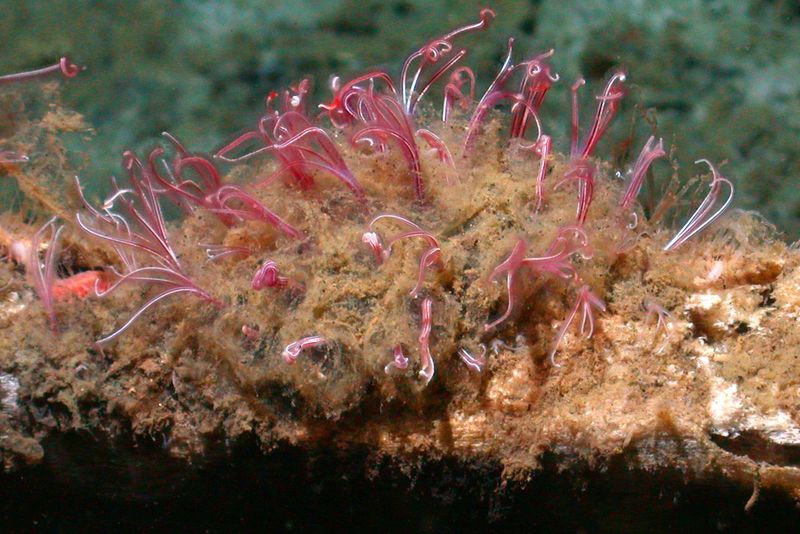
Feasting on the bones of dead whales, Osedax worms carve out a niche in the ocean’s dark depths. These bone-eating worms, also known as zombie worms, lack mouths and digestive tracts, relying on symbiotic bacteria to break down nutrients.
Their vibrant feathery plumes facilitate gas exchange and add a splash of color to the deep-sea gloom. Osedax worms contribute to the nutrient cycle, playing a vital role in the decomposition of large marine carcasses.
The discovery of these worms has opened new avenues for research in marine biology and ecology. Their unique feeding strategies and symbiotic relationships offer insights into survival strategies in nutrient-poor environments.
Osedax worms remind us of nature’s complexity and the interconnectedness of life in even the most unlikely places.
9. Yeti Crabs
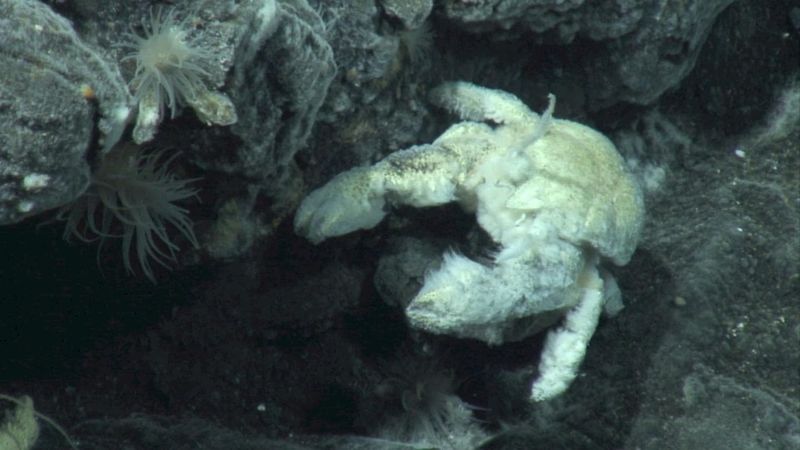
Clinging to hydrothermal vent chimneys, yeti crabs boast distinctive hairy claws. These unusual crabs cultivate bacteria on their setae-covered appendages, which they periodically scrape off and consume.
Their survival in the extreme conditions of the deep sea is a testament to their unique adaptations. The bacteria not only serve as a food source but also help detoxify the chemicals emitted by the vents.
Yeti crabs illustrate the fascinating adaptations required to thrive in one of Earth’s harshest environments. Their existence challenges our understanding of ecological niches and symbiotic relationships.
By studying these crabs, scientists gain insights into evolutionary biology and the potential for life in similar extraterrestrial environments. The story of the yeti crab highlights the unending diversity and resilience of life.
10. Thermophilic Bacteria
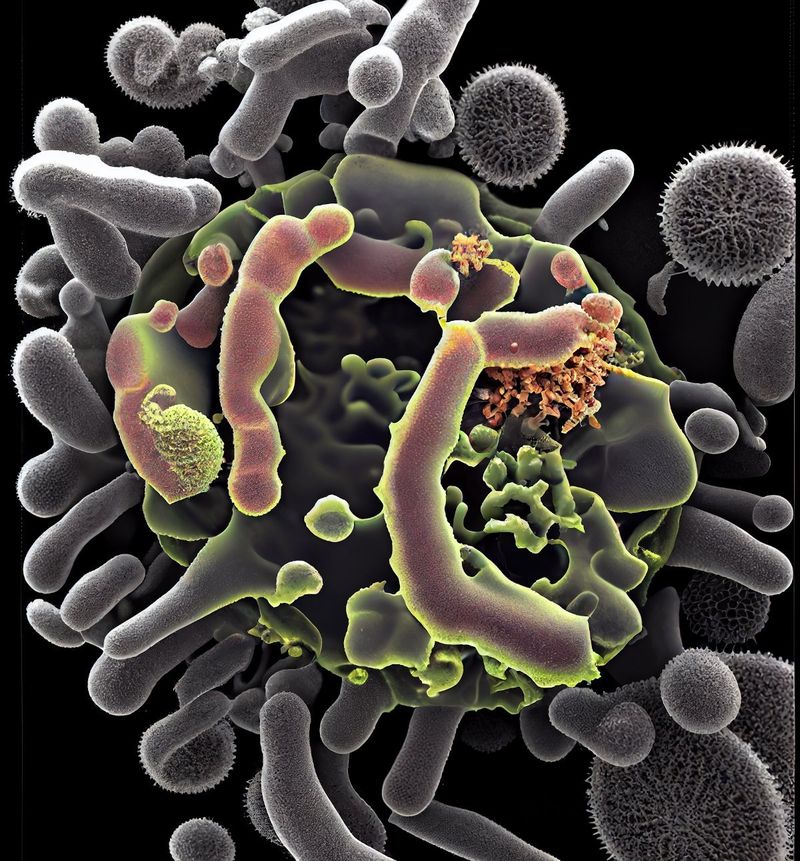
In the boiling waters of hot springs and geysers, thermophilic bacteria find their optimal living conditions. These heat-loving microorganisms have adapted to thrive at temperatures that would denature proteins in other organisms.
Their unique enzymes, known as extremozymes, enable vital biological processes to continue despite the intense heat. This adaptation has drawn significant interest from the scientific community, particularly in industrial applications.
Thermophilic bacteria are utilized in various biotechnological processes, including the production of biofuels and the degradation of pollutants.
Their ability to withstand extreme temperatures makes them valuable for developing processes that require high heat. These bacteria exemplify the remarkable adaptability of life, pushing the boundaries of what is possible in the natural world.

